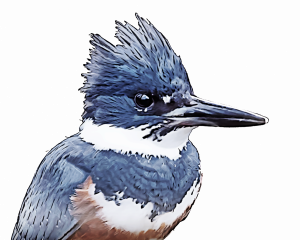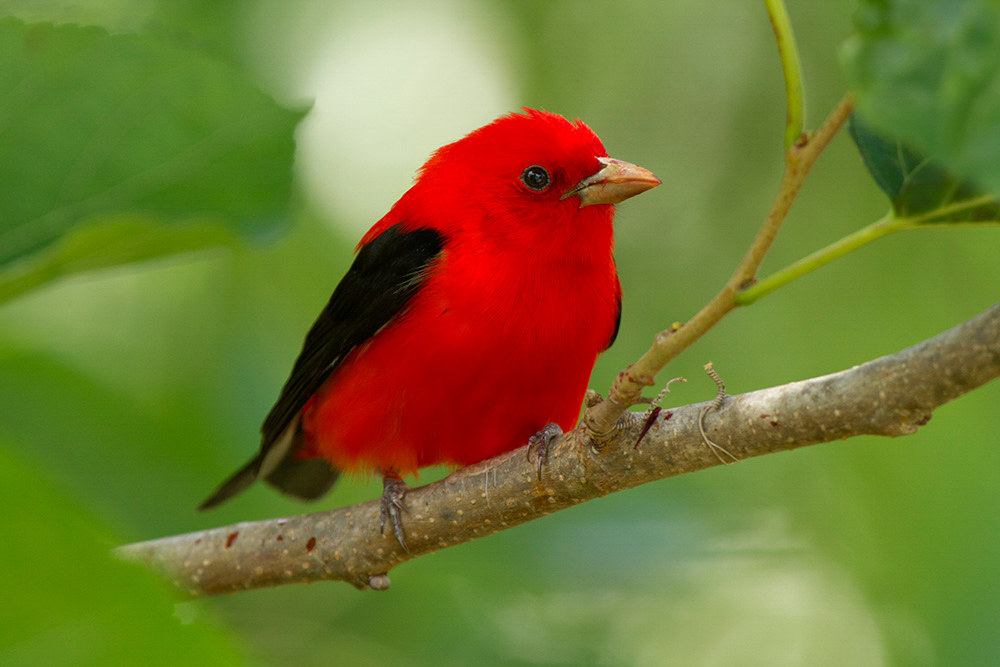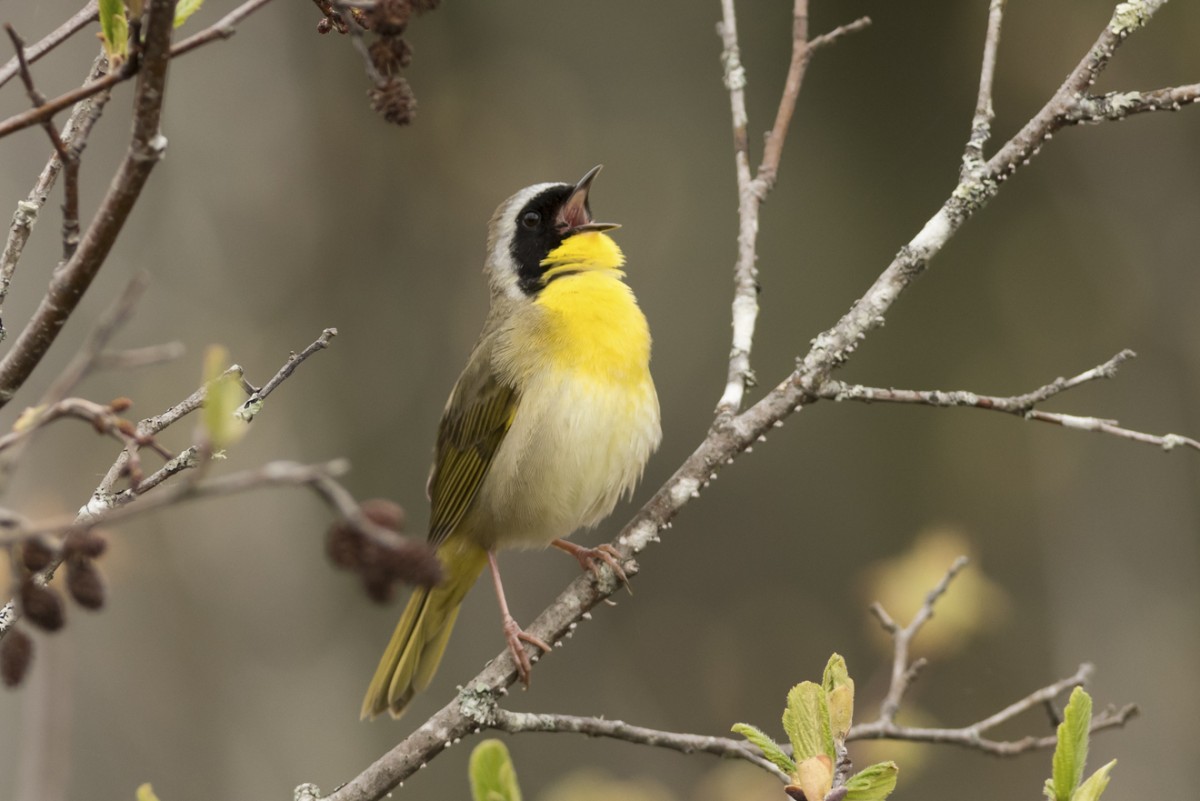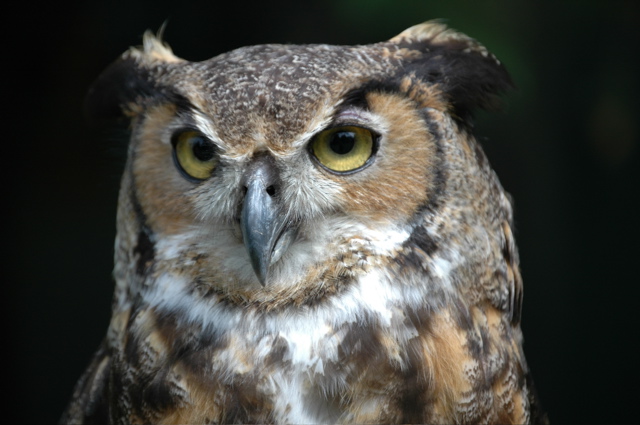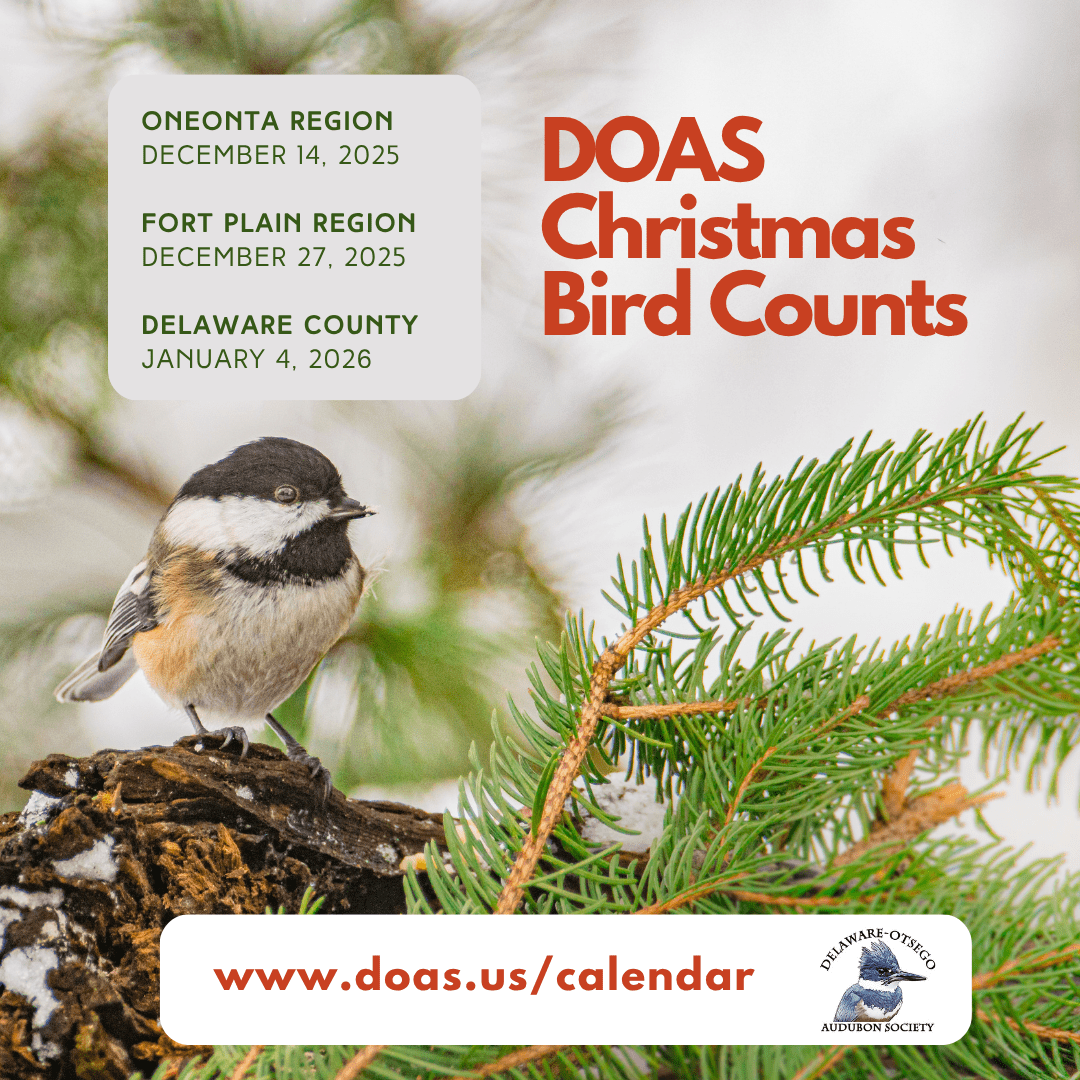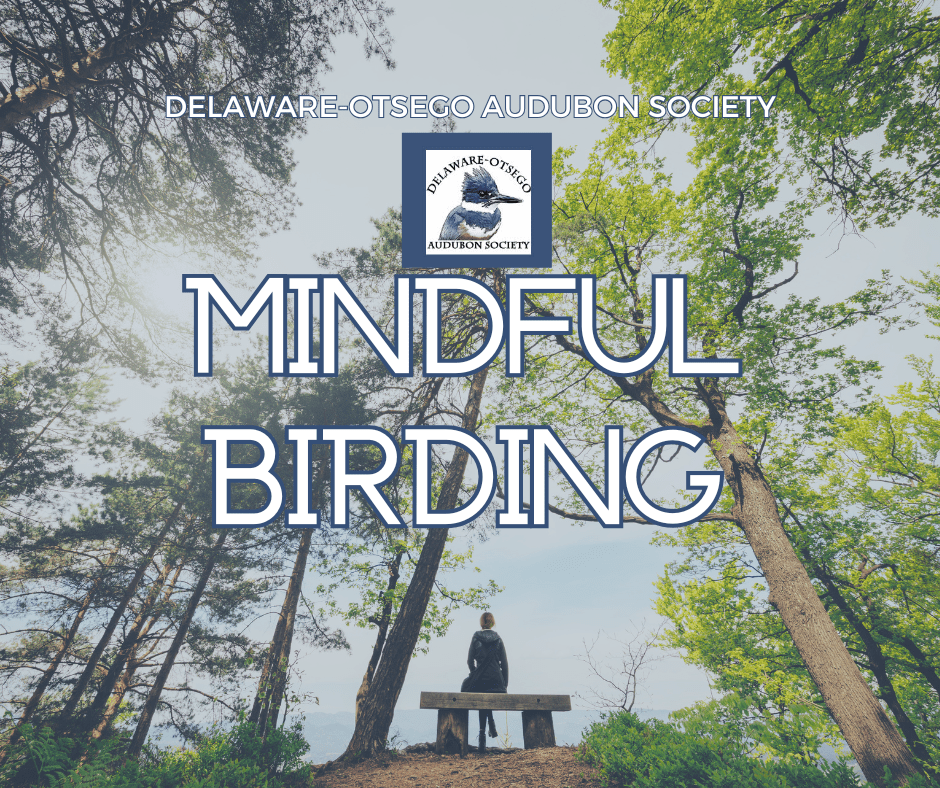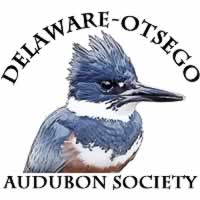Wetlands
Watch your step! This land can get pretty wet, but what exactly is a wetland? According to the Environmental Protection Agency (EPA), wetlands are described as “areas where water covers the soil, or is present either at or near the surface of the soil all year or for varying periods of time during the year, including during the growing season”. There are two main categories of wetlands–coastal/tidal and inland/freshwater–each of which contain even more subcategories such as marshes, swamps, bogs, and fens. New York State is home to both tidal and freshwater wetlands, which are habitats of great ecological importance and environmental concern.
The DOAS Sanctuary is home to a freshwater marsh, one of the most diverse ecosystems found in New York. Here we often see creatures such as herons, kingfishers, ducks, turtles, frogs, and newts! Besides sustaining a vast array of vegetation and providing shelter and sustenance to a wide variety of animals, marshes help their surrounding environments by serving as a protective barrier between habitats, helping to control flooding and providing a natural filtration system for runoff.
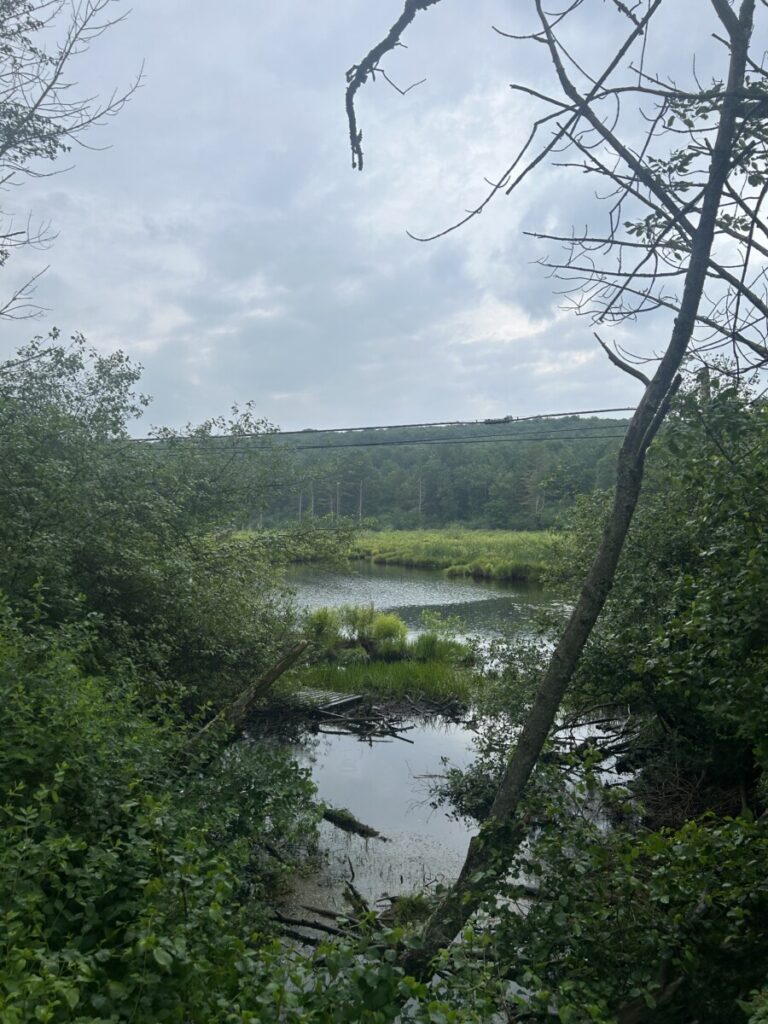
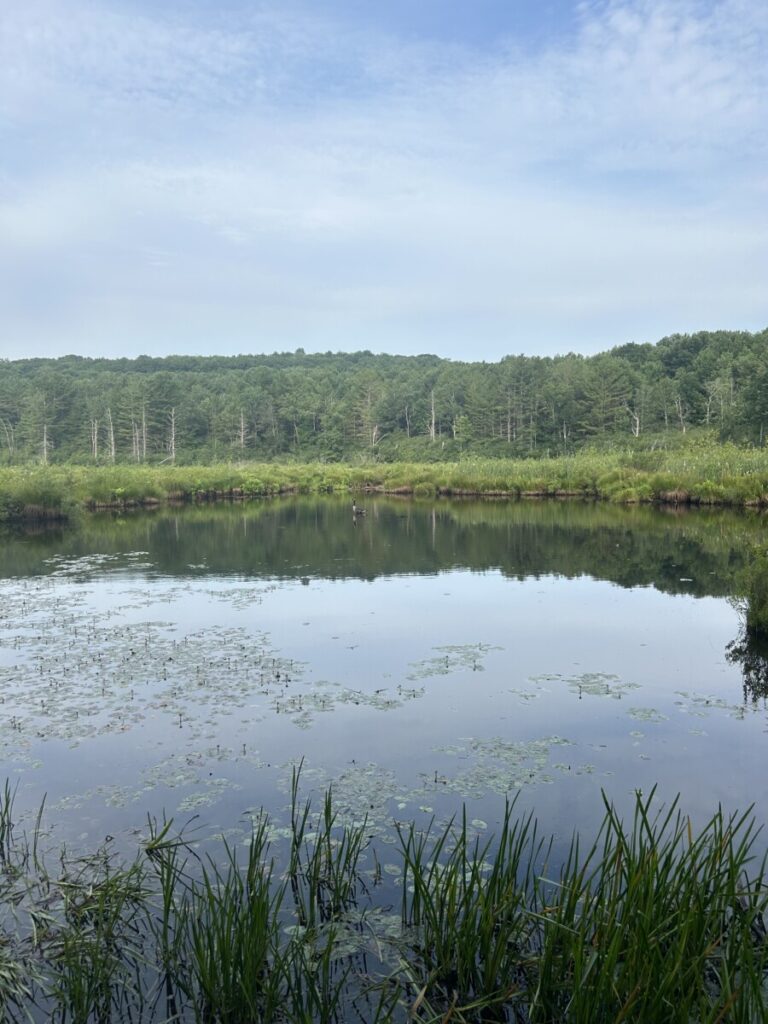
(DOAS Sanctuary wetlands; Photos by Cami Robinson-Parisi)
Additional resources on wetlands:
